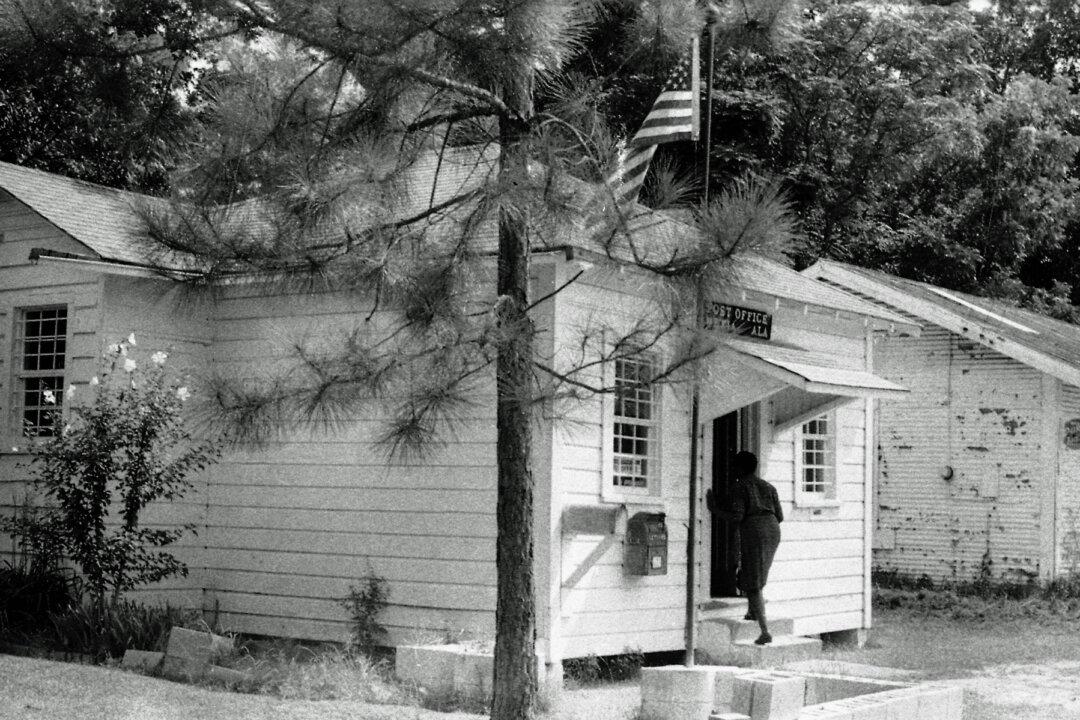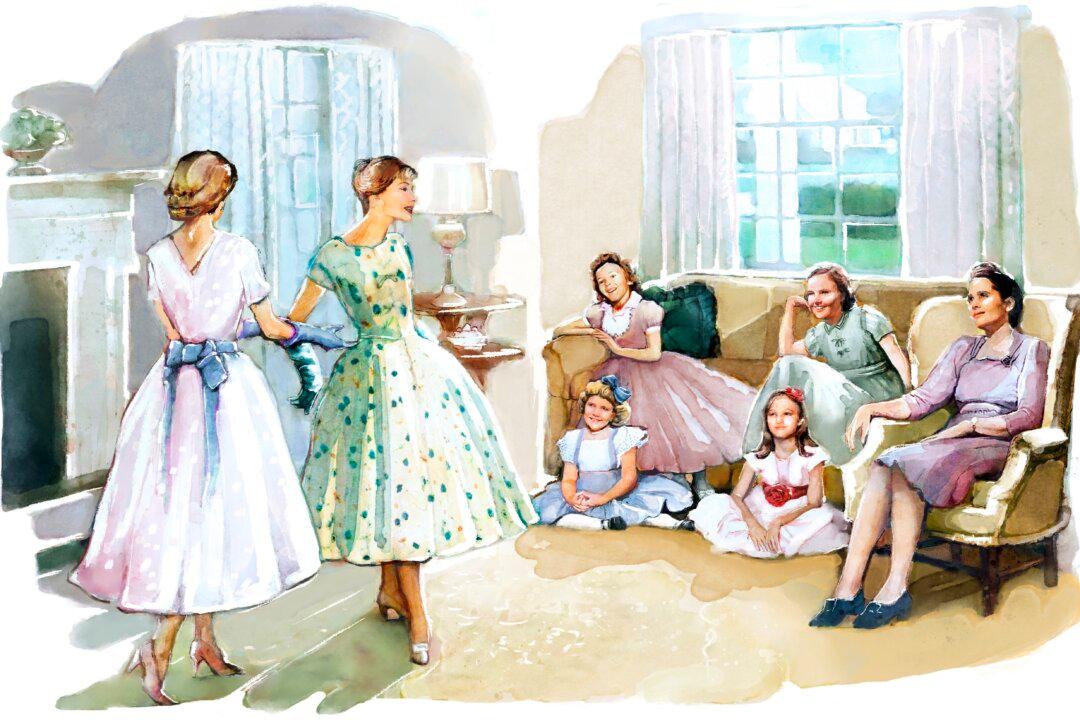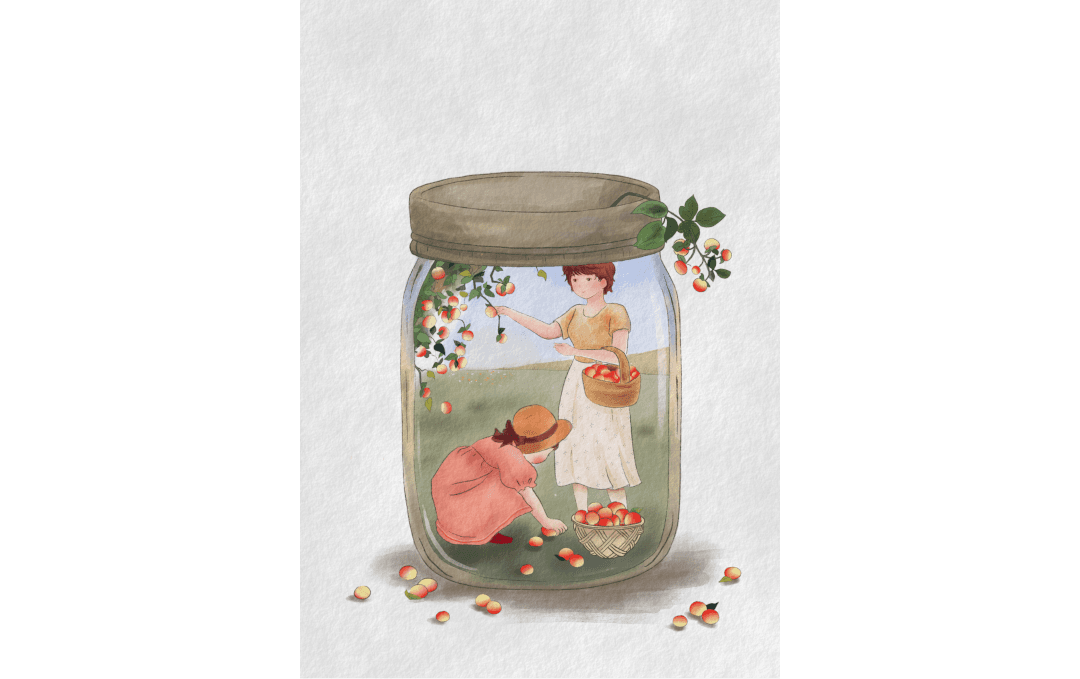A recent Pew research poll stated that Americans have a 91 percent positive view of the United States Postal Service. However, a poll done by the USPS noted a drastic drop in service for delivering letters and First-Class mail. Of course, one is quick to realize the cause of this decline. Most Americans prefer the ease and speed of communicating through the internet.
My hometown post office was postage-stamp sized—certainly one of the smallest buildings in our community. But it was big in my view because it welcomed all God’s children in Mexia, Alabama,—regardless of race, religion, gender, or age. An ambiance of cordiality existed between neighbors as they exchanged friendly nods or greetings. It was a scene perfect for a Norman Rockwell painting.



